Noise hazard at the workplace may lead to heart problems
With 1 in 4 Americans reporting a history of exposure to high levels of noise hazard at the workplace, loud noise is one of the most common workplace health risks in the United States. According to a new study by the Centers for Disease Control and Prevention and U.S. Department of Labor data, millions of people are exposed to loud noise at work. This loud noise affects not only their hearing but also their heart health.
Up until now, noise hazard at the workplace has mostly been considered as a threat for hearing only, with more than $242 million being spent every year to compensate individuals for hearing loss caused by work conditions like loud noises. But now, Researchers found a link between high-frequency workplace noise and coronary heart disease, high blood pressure and other illnesses. A new study from the National Institute for Occupational Safety and Health (NIOSH) reveals that loud noise in the workplace can also increase the risk of high blood pressure and high cholesterol.
The NIOSH researchers analyzed data from the 2014 U.S. National Health Interview Survey and found that 41 million Americans had a history of noise exposure at work, and 14 percent reported exposure within the previous year.
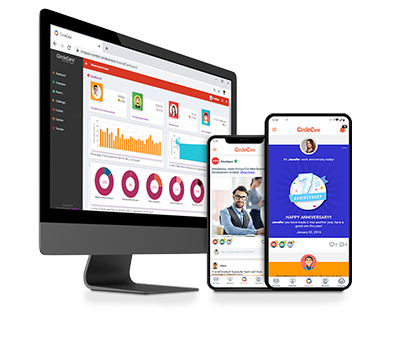
Corporate Wellness App
CircleCare
Out of this 41 million Americans, only 12 percent had hearing problems, but a surprising 24 percent had high blood pressure, and 28 percent had high cholesterol level. To support the findings, they also crossmatch link between work-related noise exposure, which associated with 58 percent of hearing problems. 14 percent of high blood pressure cases and 9 percent of high cholesterol cases were related to the workplace, the scientists suggested.
This link between noise pollution and heart disease is not something new. According to the authors of the Journal of the American College of Cardiology, high decibel levels from road traffic and airplanes related to high blood pressure, coronary artery disease, stroke, and heart failure.
Employers who care about employee health and wellness are already tackling this problem by including the provision of Personal Protective Equipment (PPE). Some are trying to minimize their exposure to noise hazards at workplace by replacing noisy machinery with quiet alternatives, use of sound dampeners or noise barriers at the source of the noise to prevent its transmission, offering earplugs or noise-canceling headphones to muffle loud noise, and introducing other noise control measures such as job rotation and readjustment of workers’ duties.
For more news, tips and resources related to workplace download CircleCare App.



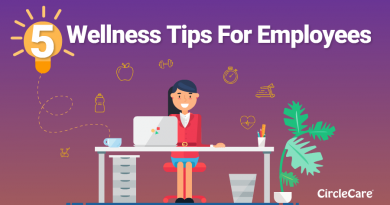
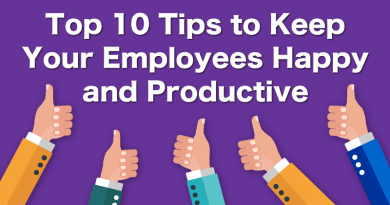
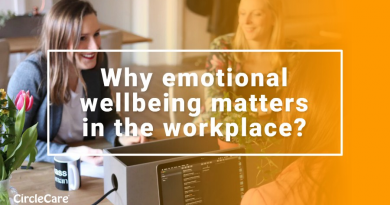
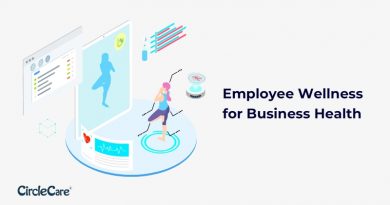


Pingback:The Impact of Chronic Disease on Workplace and Strategies to Fight Them
Pingback:5 Tips to Improve Hearing and Prevent Hearing Loss - CircleCare